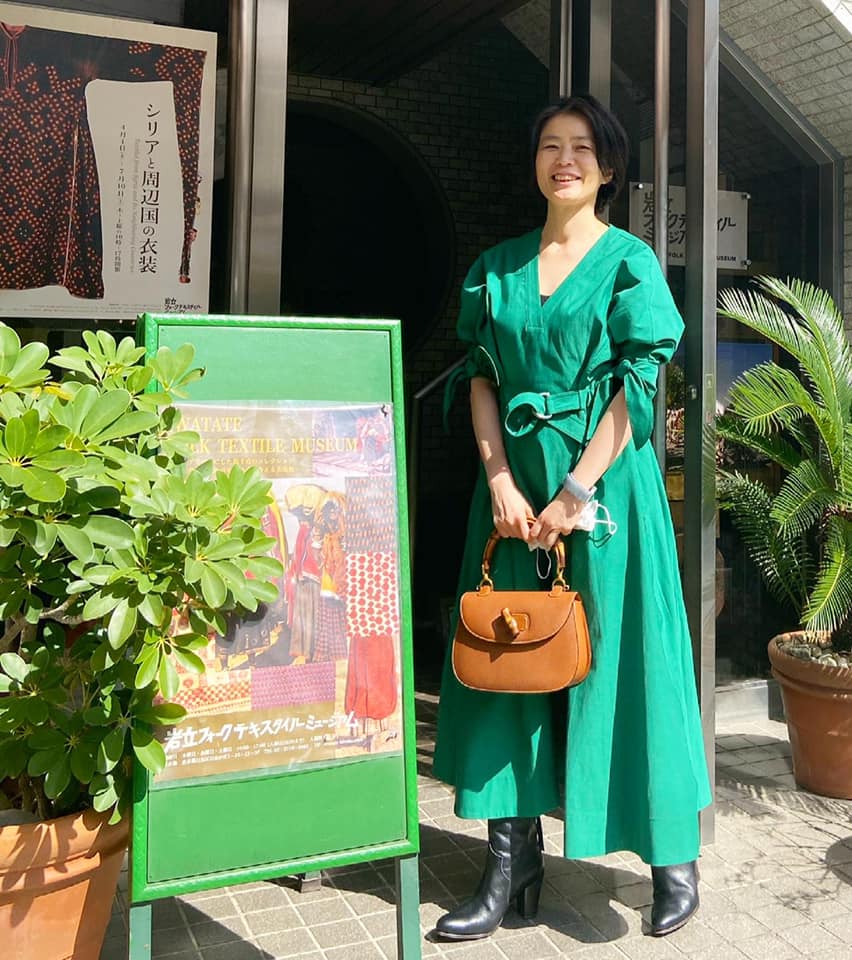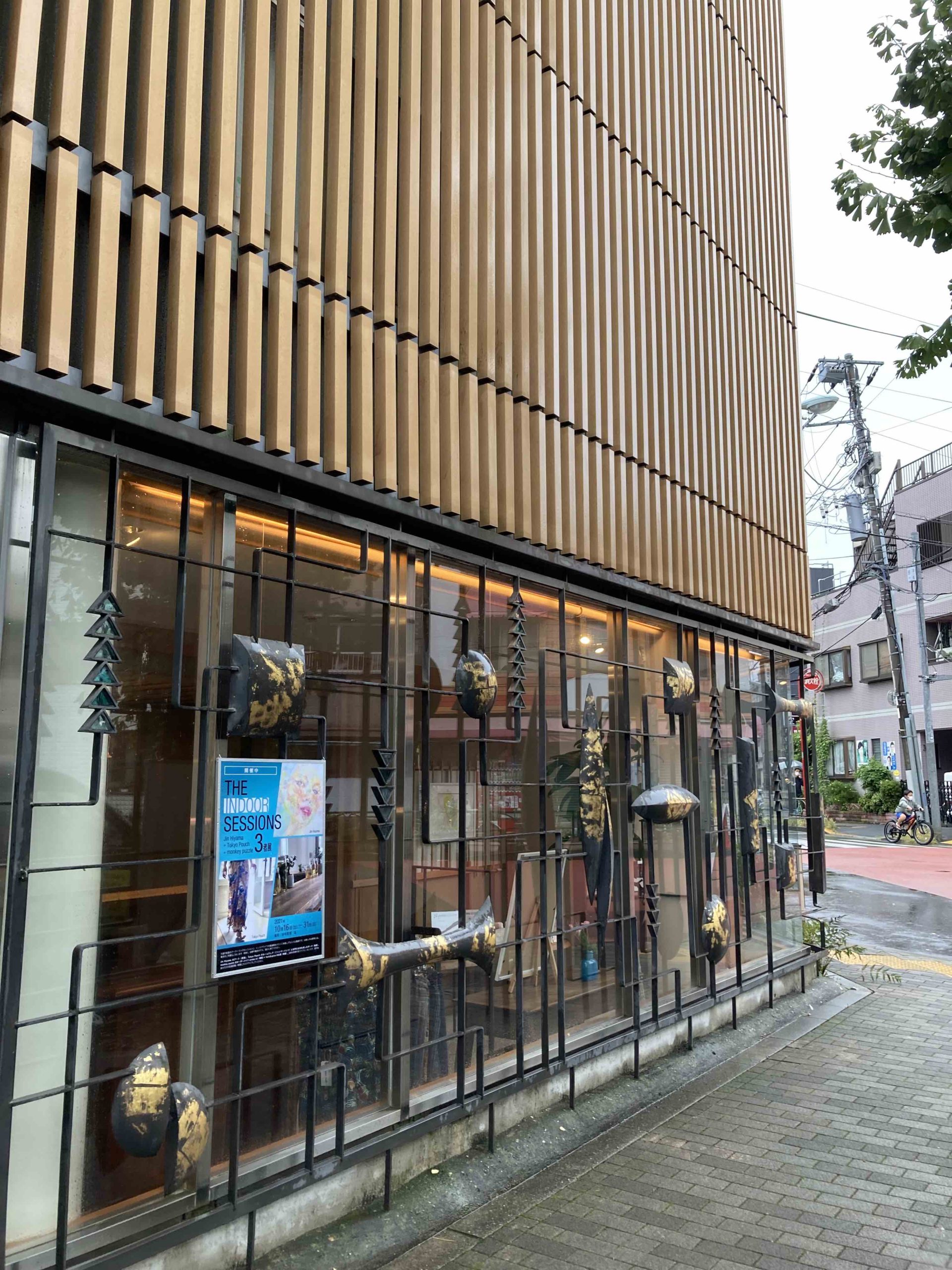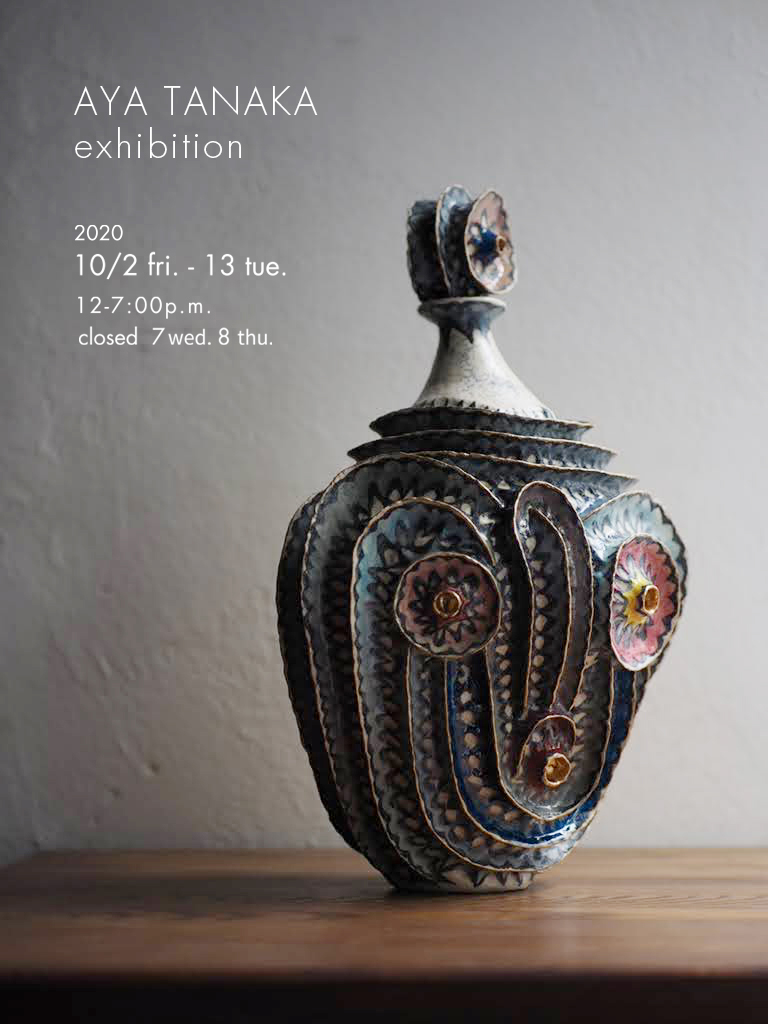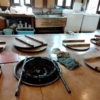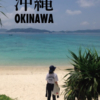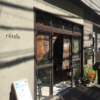vol.24 Iwatate folk textile museum | 岩立フォークテキスタイルミュージアム
自由が丘の小さな美術館。
岩立広子氏が1960年代からおよそ50年間、インドを中心に世界中を周り、収集した伝統民族衣装の数々。
今回は「シリアとその周辺国の衣装展」で、放牧民達の衣装や染織品を2、30点ほど展示。
結婚の時に送るラグ、装飾のついた鞍、装飾品など、衣装や生活の小物から、砂漠や草原やを旅する放牧民の生活ぶりが見えてくるよう。特徴的なのは、絹を綿と織り合わせて絣の衣装を作っていること。絞りの文様も素敵で、日本とは違う異国情緒を感じます。
2021年の現在、どれだけの民族が伝統衣装を着て生活しているのだろう、、と考えると、コレクションの数々は貴重な財産。コロナ禍で旅には出かけられませんが、東京でも異国の空気を感じることができました。
A small museum in Jiyugaoka.
Hiroko Iwatate has been traveling around the world, mainly to India, for about 50 years since the 1960s, and has collected a number of traditional ethnic costumes.
This year’s exhibition, “Costumes of Syria and its Neighboring Countries," features a couple of dozen costumes and dyed and woven items of pastoralists.
The costumes and daily life accessories, such as wedding rugs, decorated saddles, and ornaments, seem to reveal the way of life of pastoralists traveling in deserts and steppes. A distinctive feature is the use of silk woven together with cotton to make kasuri costumes. The shibori patterns are also wonderful and give a sense of exoticism that is different from that of Japan.
When I wonder how many ethnic groups will be living in traditional costumes in 2021, the collection is a valuable asset. Although I cannot go on a trip with the Corona disaster, I was able to feel the exotic atmosphere even in Tokyo.
一般財団法人 岩立フォーク テキスタイル ミュージアム Iwatate folk textile museum
8000点余りの染織品を所蔵し、年3回の展覧会を運営。世界中の、名もなき民が生み出す”大地の布”が並ぶ。
The museum has a collection of over 8,000 dyed and woven items and holds exhibitions three times a year. The “fabrics of the earth" produced by nameless peoples around the world are on display.東京都目黒区自由が丘1-25-13岩立ビル3F
https://iwatate-hiroko.com/

